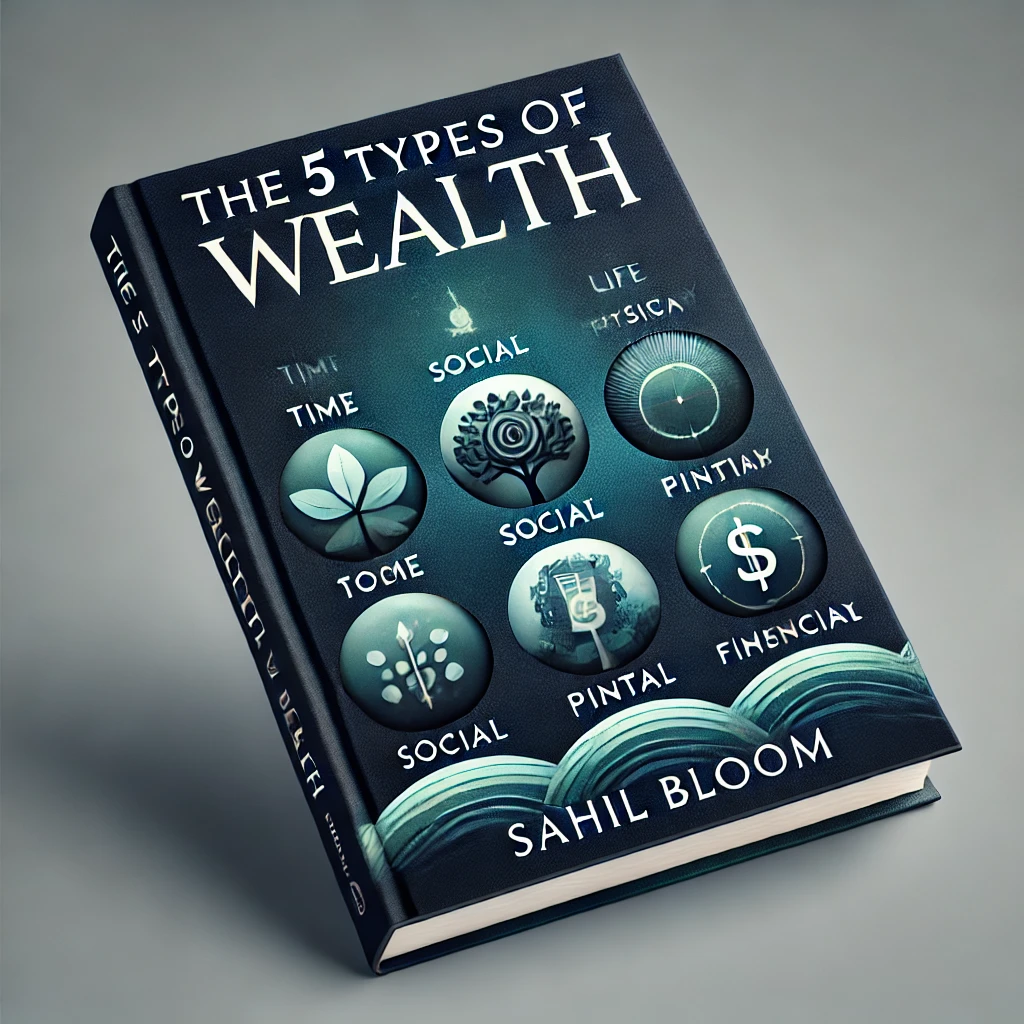Simon Squibb’s book What’s Your Dream? is that kind of inspirational guide meant to help readers discover, define, and strive for their dreams. A respected entrepreneur and founder of The Purposeful Project, Squibb inspires people by providing profound insight, action-oriented strategies, and inspiring stories to propel them to their aspirations. This book helps readers challenge the norms of society to embrace their passions and pursue a life of purposeful design.
Introduction: The Power of Dreams
Dreams are the compass that directs us toward a life of fulfillment. According to Simon Squibb, everyone has a dream; it is just a matter of unlocking it to be able to have a life of purpose. Many, however, keep their dreams hidden because of fear, doubt, or societal influences. Squibb stands on the other side of this barricade, arguing for a passion-driven life that is real.
Key Themes in What’s Your Dream?
1. Defining Your Dream
Squibb insists that knowing your dream is the first step to achieving it. He encourages readers to think deeply about their passions, skills, and values to identify what really excites them. Dreams are personal and unique; there is no one-size-fits-all formula. Squibb recommends journaling, meditation, and asking introspective questions like:
What brings me the most joy?
What would I do if money were not an obstacle?
How can I use my skills to make a difference?
2. Overcoming Fear and Self-Doubt
Fear is one of the greatest barriers to pursuing dreams. Squibb recognizes that fear of failure, rejection, and the unknown prevents many from taking action toward their dreams. In What’s Your Dream?, he shares practical tools for overcoming these fears, including:
Reframe Failure: Failures should be seen as a stepping stone to success rather than an endpoint. Each failure teaches something valuable.
Develop Resilience: Develop a growth mindset and focus on the larger picture.
Accept Uncertainty: Accept that uncertainty is part of the journey and a sign of growth.
Squibb also encourages readers to confront limiting beliefs and replace them with empowering thoughts.
3. Aligning Dreams with Purpose
Every dream must be about purpose. For Squibb, he thinks that dreams which are purposed fulfillments are both satisfying and sustainable. He prescribes exploring passions to identify contributions positively to the world for finding one’s purpose. Action in the line of one’s purpose provides direction and propels motivation.
4. Taking Action: From Dream to Reality
Set Clear Goals: Break down your dream into achievable milestones. Use frameworks like SMART goals (Specific, Measurable, Achievable, Relevant, Time-bound) to stay focused.
Create a Plan: Develop a roadmap with actionable steps and deadlines.
Stay Consistent: Progress is made through consistent effort. Commit to daily actions that bring you closer to your dream.
He also speaks to the need for flexibility, advising readers to modify their plans as they mature and learn.
5. Building a Support System
Dreams are often made with the support of others. Squibb speaks to the value of being surrounded by positive, like-minded people who inspire and motivate you. He recommends:
Finding Mentors: Learning from people who have achieved a similar dream.
Networking: Connecting with people who share your vision to offer guidance or opportunities for cooperation.
Accountability: Tell trusted friends or coaches that you are working on this goal to keep yourself in check.
A supportive community can encourage, give you feedback, and provide access to resources to help overcome obstacles.
6. Embracing Failures as Lessons
Failure is a part of the journey to success. Squibb shares his own experiences with failure and how they shaped his journey. He encourages readers to adopt a mindset that views setbacks as opportunities for growth. Each failure offers insights that can refine your approach and bring you closer to your goals.
7. Redefining Success
What’s Your Dream? challenges traditional definitions of success, which are usually considered as wealth and status. Squibb argues that success is personal and different for everyone. True success lies in the fulfillment of one’s dream and living authentically. This means focusing on fulfilling one’s own needs instead of what society wants. With this in mind, readers can create a more meaningful life.
What’s Your Dream Book Summary PDF
Whats_Your_Dream_-_Simon_Squibb
Practical Tips from Simon Squibb
1. Visualization Techniques
Visualization is a powerful tool for achieving dreams. Squibb recommends creating vision boards and mentally rehearsing your ideal outcomes. This practice strengthens belief in your dream and helps attract opportunities.
2. Journaling for Clarity
Writing down thoughts and ideas can provide clarity and inspiration. Squibb suggests maintaining a journal to document goals, track progress, and reflect on experiences.
3. Learning and Growing
Continuous learning is the road to success. Whether it is attaining new skills, reading books, or attending workshops, investing in personal growth keeps you well-prepared for challenges that come your way.
4. Celebrating Progress
Acknowledging small victories motivates and boosts confidence. Squibb advises celebrating along the journey to stay inspired.
Inspiring Stories from the Book
What’s Your Dream? is a book of real-life stories of people who pursued their dreams despite obstacles. These stories are examples of how courage, persistence, and belief in oneself can transform lives. From entrepreneurs to artists, each story shows that it is possible to achieve dreams if one is willing to take the leap.
Conclusion: Dare to Dream Big
This book provides you with the
guide and inspiration if you are willing to dig out your dream and begin living a more authentic life. Remember, the journey begins with a single step – dare to take it.












I like to read .